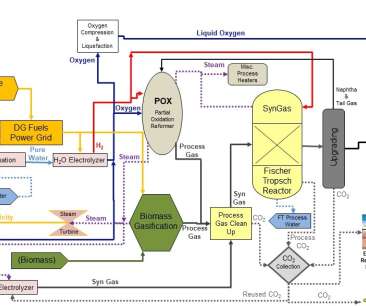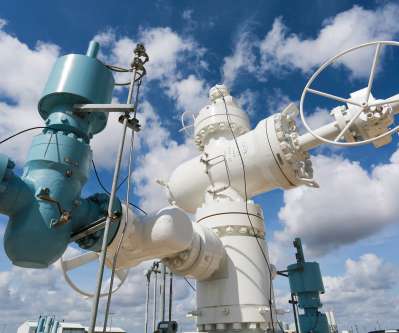Energy Vault to provide 1.6 GWh of gravity energy storage to support DG Fuels SAF projects
Green Car Congress
OCTOBER 31, 2021
gigawatt hours (GWh) of gravity energy storage to support DG Fuels across multiple projects, with the first project slated for 500 megawatt hours (MWh) in Louisiana. DG Fuels expects to complete its Louisiana SAF project by mid-2022. The Louisiana facility is the company’s first major project.












Let's personalize your content